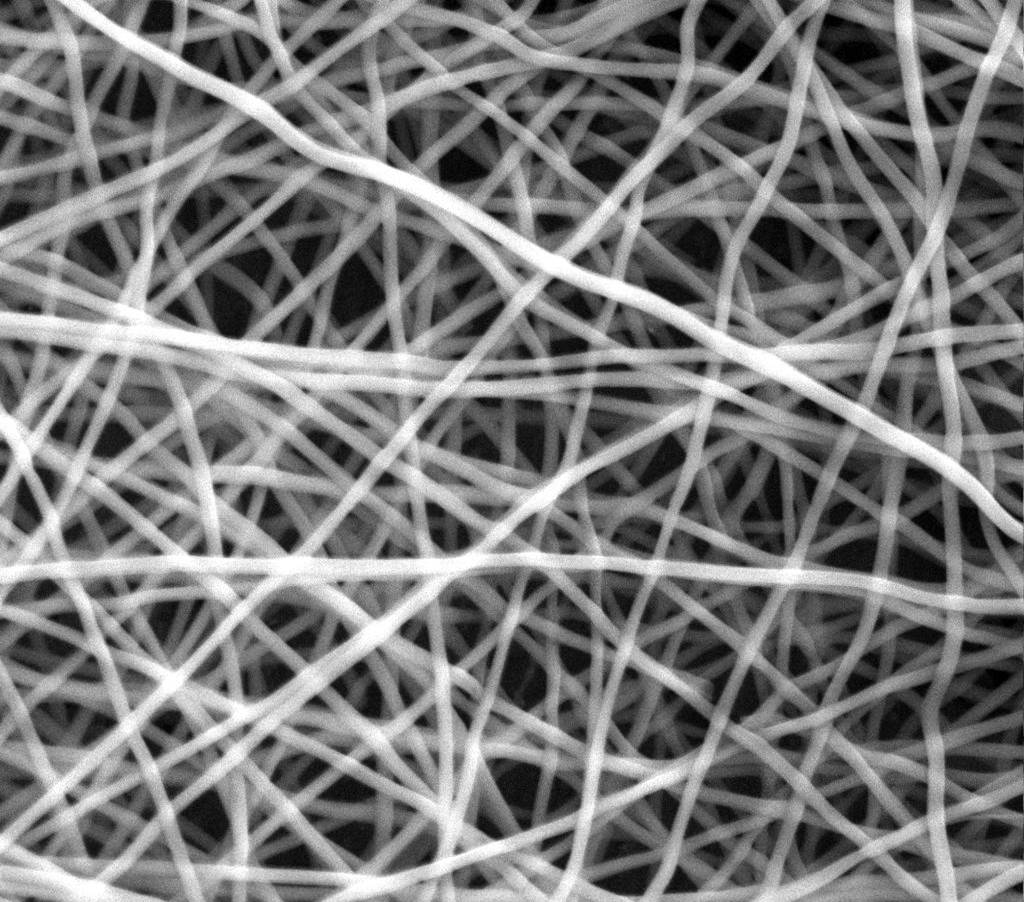▼ Reference
- Cengiz F, Jirsak O. The effect of salt on the roller electrospinning of polyurethane nanofibers. Fibers and Polymers 2009; 10: 177
- Ding W, Wei S, Zhu J, Chen X, Rutman D, Guo Z. Manipulated Electrospun PVA Nanofibers with Inexpensive Salts. Macromol. Mater. Eng. 2010; 295: 958.
- Garg K, Bowlin G L. Electrospinning jets and nanofibrous structures. Biomicrofluidics 2011; 5(1): 013403. Open Access
- Lee C K, Kim S I, Kim S J. The influence of added ionic salt on nanofiber uniformity for electrospinning of electrolyte polymer. Synthetic Metals 2005; 154: 209.
- Li J J, Yang Y Y, Wang K, Yu D G. Eudragit E100 Nanofibers Fabricated with Varied Solvent Mixtures as the Sheath Working Fluids During Electrospinning. 2017 International Conference on Medicine Sciences and Bioengineering (ICMSB 2017).
- Tarus B, Fadel N, Al-Oufy A, El-Messiry M. Effect of polymer concentration on the morphology and mechanical characteristics of electrospun cellulose acetate and poly (vinyl chloride) nanofiber mats. Alexandria Engineering Journal 2016; 55: 2975. Open Access
- Tong H W, Wang M. Negative voltage electrospinning and positive voltage electrospinning of tissue engineering scaffolds: A comparative study and charge retention on scaffolds. Nano LIFE 2012; 2: 16 pages.
- Wu C M, Chiou H G, Lin S L, Lin J M. Effects of Electrostatic Polarity and the Types of Electrical Charging on Electrospinning Behavior. J Appl Polym Sci 2012; 126: E89.
- Yang Y, Jia Z, Li Q. Experimental investigation of the governing parameters in the electrospinning of polyethylene oxide solution. IEEE Transactions on Dielectrics and Electrical Insulation 2006; 13: 580.
- Zheng J Y, Zhuang M F, Yu Z J, Zheng G F, Zhao Y, Wang H, Sun D H. The Effect of Surfactants on the Diameter and Morphology of Electrospun Ultrafine Nanofiber. Journal of Nanomaterials 2014; 2014: 689298. Open Access
▼ Credit and Acknowledgement
Author
Wee-Eong TEO View profile
Email: weeeong@yahoo.com
 ElectrospinTech
ElectrospinTech
